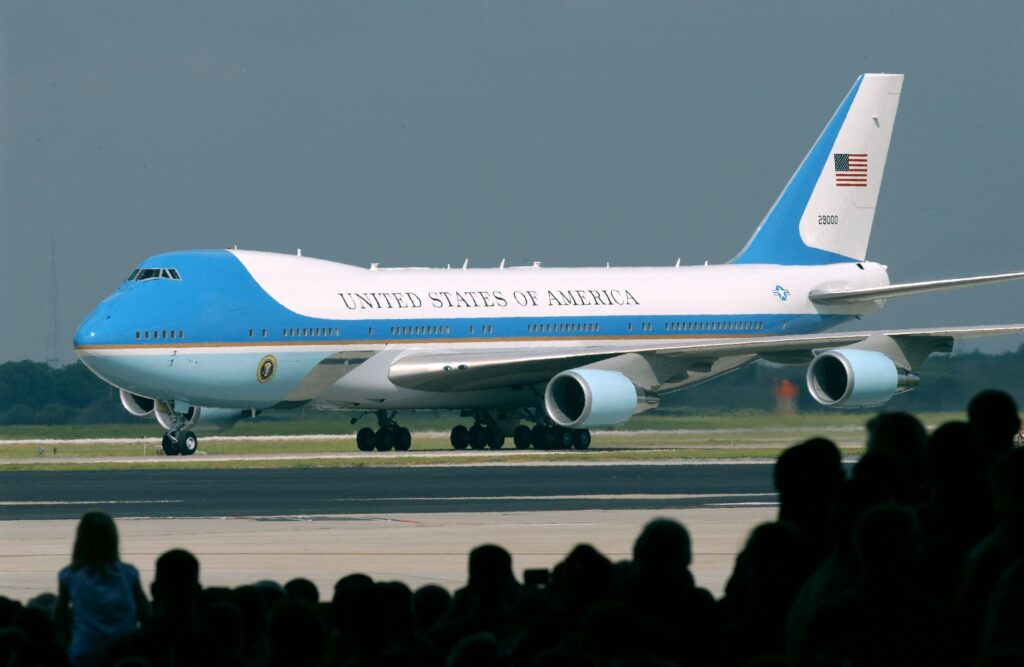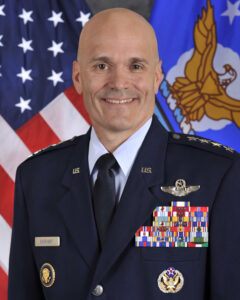
Air Force One
WASHINGTON: Air Mobility Command, an experienced observer of gaining FAA certification for civilian aircraft rebuilt for military purposes, is using its knowledge to try to lower the costs of the replacement for Air Force One.
The head of AMC, Gen. Carlton Everhart, told me this afternoon they hoped to find “efficiencies” in the process of refitting a used Boeing 747 bought from a defunct Russian airline.
“I hope we can drive some efficiencies to move the schedule somewhat to the left,” he told me. Boeing, who are the prime contractor for the program called Presidential Aircraft Replacement (PAR), knows just how painful the FAA certification process can be from their experience on the KC-46 tanker. While it’s difficult to pin down, unexpected difficulties getting FAA certification have added at least several months to the tanker program and maybe more. Boeing, primarily a commercial aircraft company, is loathe to irritate the FAA and neither they nor the Air Force have said how much cost or schedule the FAA has added to the tanker program.

A KC-46 tanker refuels a C-17 transport.
Everhart’s answer to my question about PAR offers some hints as to what may have afflicted the tanker as well. He said AMC will sit down with the FAA and try to nail down test parameters. always a tricky venture. It will be especially hard with a unique aircraft like Air Force One, which faces threats today the existing ones were not really designed to cope with. AMC will also meet with the PAR program office to decide exactly what type of certification is needed set up what the head of AMC called “a good firm schedule to get that accomplished. Note that, technically, the prime contractor is responsible for getting FAA certification, but the government can help or hinder.

Gen. Carlton Everhart
In other news, Everhart told a small group of defense reporters that the KC-10 retirement will go ahead starting in fiscal 2019 and proceed through 2024. He forecasts a savings to the Air Force of $3.4 billion over that FYDP once the fleet is retired. The Air Force is buying 179 KC-46s to replace KC-135s.
Of course, the exciting question is what will replace the KC-10s. Everhart has said the service might fly as many five different airframes. There have even been discussions of tankers that are stealthy. Given the much improved range and lethality of Chinese and Russian weapons, the threats to tankers have only grown. Conventional tankers are enormous targets. While they can be protected by fighters and fitted with protective systems, the fleet is far too important to lack resiliency. This will be fun to watch.
In a ‘world first,’ DARPA project demonstrates AI dogfighting in real jet
“The potential for machine learning in aviation, whether military or civil, is enormous,” said Air Force Col. James Valpiani. “And these fundamental questions of how do we do it, how do we do it safely, how do we train them, are the questions that we are trying to get after.”


























